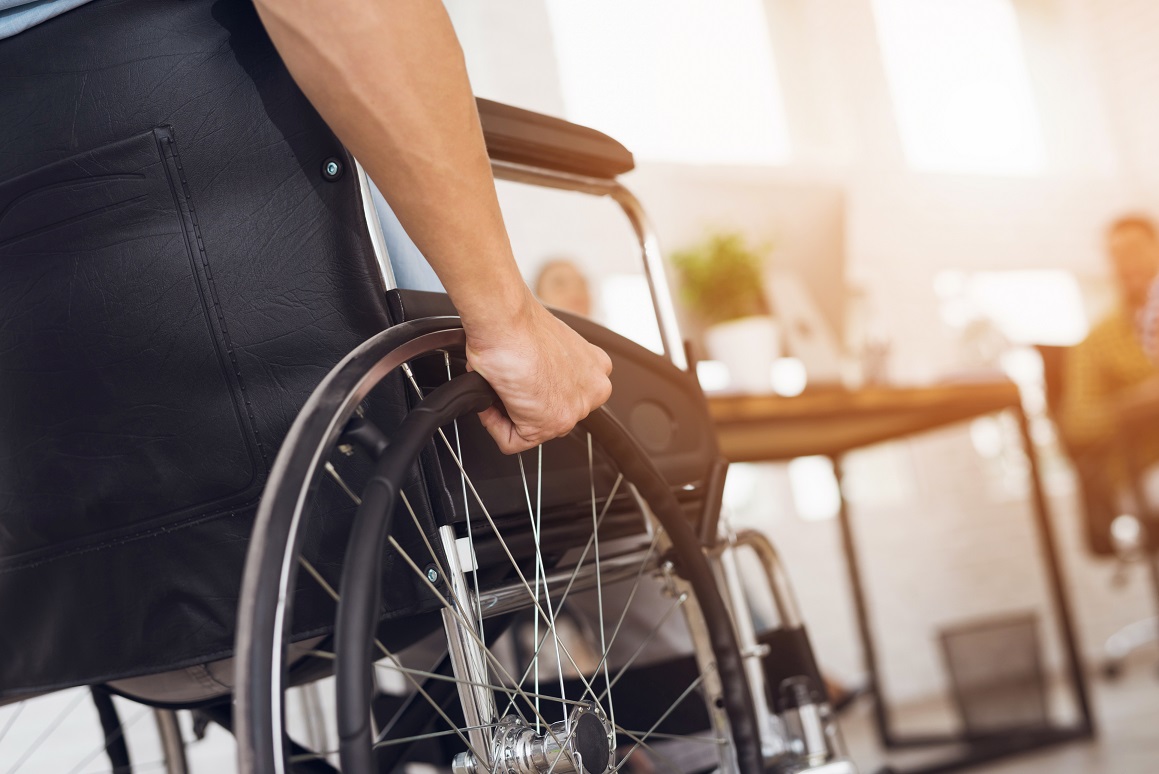Social engagement
Automatic doors, making life easier for disabled people

In recent years, society has become increasingly aware of the importance of eliminating any architectural barriers that impede the free movement of people with a disability. This policy has been implemented by governments and local authorities that are adopting legislation to prevent discrimination against disabled people.
In addition to streets and public thoroughfares, companies and other private spaces are now also incorporating architectural features designed to include disabled people, which improves all aspects of society.
There are ramps to overcome kerbs, colourful walls and audio elements to help people with visual impairments or smooth pavements to facilitate the movement of wheelchairs. There are also new types of access doors to buildings, which are typically automatic designs.
Which are the most commonly installed automatic doors to aid people with a disability? The key points to this product design are the dimensions, such as the width, the lay-out and the materials used in the doorway’s construction. Here are two examples of automatic door designs.
Standard sliding doors
This type of automatic door can be opened without performing any actions, so disabled people do not have to stop moving to pass through the doorway. Thanks to the system’s proximity sensors, people can move fluidly and without having to stop to push the handle.
Telescopic sliding doors
With this design, users with different capacities or abilities will not face any obstacles when entering or exiting a building. The door opens automatically as soon as the detection system senses movement.
Both standard and telescopic doors come in either bi-parting or side-opening models, based on the preferences of the designer or the company where the door is installed. The width and dimensions of the door leaves can be tailored to the needs of the building or architect carrying out the project, while complying with legal requirements.
Bathroom doors for disabled people
The implementation of home automation means that automatic doors are now commonly encountered in private homes, whether for garages, front doors or bathrooms.
When an architect designs a house with home automation, they assess whether to include automatic doors in bathrooms, especially if one of the family members living in the house is disabled. The architect will have already designed wider corridors between rooms and determine the possibility of installing automatic doors to more private spaces such as the toilet.
In this regard, builders cannot simply buy these doors from any outlet or supplier. They must choose a good option that provides the best safety measures and unsurpassable customer service before, during and after the sales process.
